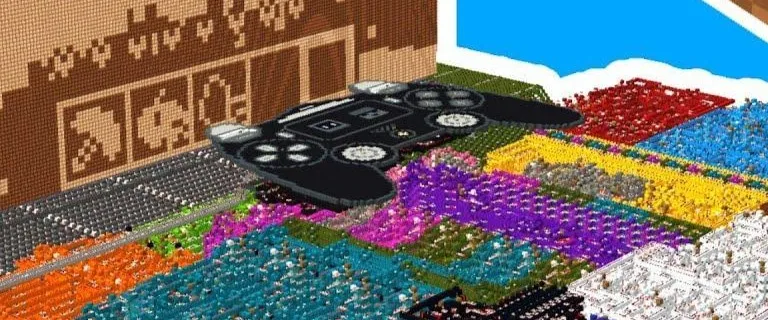You’ve built castles, set up automated farms with piston doors, and even tinkered with redstone logic to make a simple calculator. But what about creating a working computer, inside the very game you’re playing? As wild as it sounds, it’s actually possible, and requires zero mods.
Creative builders and computer scientists made it happen by creating room-sized PCs using Minecraft’s redstone circuitry. Complete with a processor, memory, and a working display, it’s an excellent bit of engineering that stands as one of the best achievements in Minecraft.
The Redstone Revolution
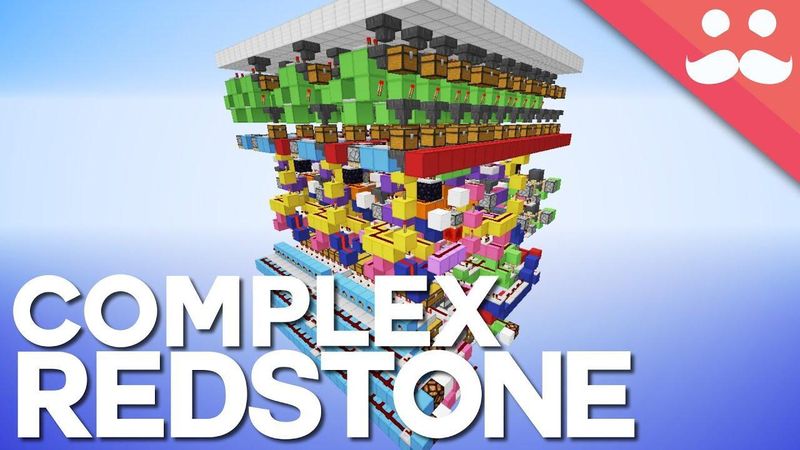
To understand this feat, you first have to appreciate the magic of redstone.
Introduced back in 2010, redstone dust is Minecraft’s answer to electrical wiring. On its own, it’s a simple power conductor. However, when combined with other redstone components, such as redstone torches, repeaters, and comparators, it allows for logic.
And, this logic is the virtual equivalent of transistors and logic gates (AND, OR, NOT) that power every real-world computer.
Initially, players used this redstone in Minecraft to create simple machines, such as automatic doors that opened with pressure plates, hidden passages, or elaborate lighting systems.
However, a community of engineers saw something more. They saw the potential for actual computation, and the first basic Redstone computer in Minecraft was born, capable of basic mathematical operations.
While not capable of advanced operations or playing Minecraft in Minecraft, it ignited a spark, and the building race was on.
Building a Computer in Minecraft With Engineering
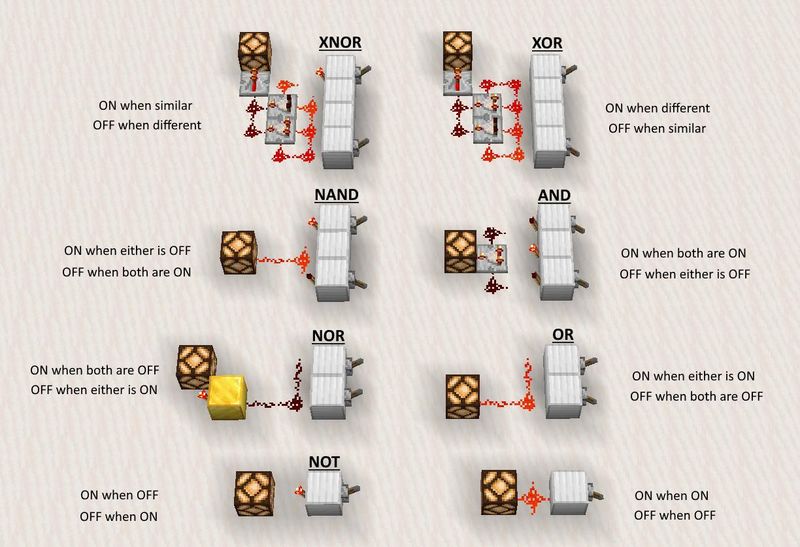
The journey from a simple calculator to a fully programmable PC was a decade-long task, with each new block added by the developers becoming another tool in the engineer’s arsenal. Here’s what would be created:
The Processor (CPU): The brain of the operation. Engineers designed their own CPU architecture, creating massive Arithmetic Logic Units (ALUs) from thousands of redstone circuits to handle calculations.
The Memory (RAM): They built banks of memory using complex piston-and-block arrays, allowing their machines to store data.
The Display: The introduction of the piston block was a game-changer, allowing players to physically push blocks into place to create screens, with redstone lamps serving as individual pixels.
Some early 8-bit computer designs could run programs like tic-tac-toe. But the holy grail remained there: could a redstone computer be made powerful enough to run Minecraft itself?
A Game Within a Game Using Redstone
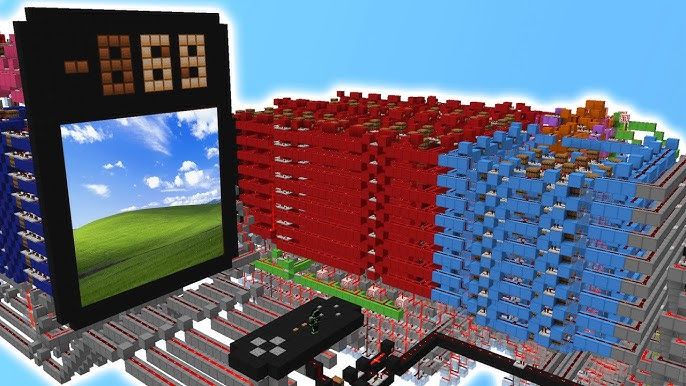
Enter the modern era of redstone engineering, where ambition, collaboration, and a bunch of hours can create absolutely breathtaking projects.
The most celebrated of these projects is the CHUNGUS 2 (Computational Humongous Unconventional Number and Graphics Unit System), a project led by Sammyuri and his team.
This 32-bit redstone computer boasts a 1Hz processor, a programmable interface, and enough memory to run custom-coded games. And yes, one of those games is a Minecraft-like 2D simulation.
On a massive 96x64 pixel screen made of in-game lamps, a player can walk up to a control panel, input commands, and watch as a tiny block-character moves, digs, and places blocks on the virtual screen.
The entire system contains a CPU, a graphics processor, 6KB of graphics memory, and the instruction set so vast that you need a high-spec PC just to load the world without your frame rates dropping.
To put this incredible feat into perspective, let’s see how this redstone PC stacks up against the machine you’re likely reading this on.
Feature | Your Gaming PC | CHUNGUS 2 (Redstone PC) |
|---|---|---|
CPU Speed | 4.0 GHz+ (4 billion cycles/sec) | ~1 Hz (1 cycle/sec) |
Build Material | Silicon, copper, plastic | Redstone dust, pistons, repeaters |
Display | 4K (3840x2160 pixels) | 96x64 pixels |
Memory (RAM) | 16-32 GB | ~56 Kilobits (~7 Kilobytes) |
Input Method | Keyboard & Mouse | Levers, buttons, pressure plates |
Primary Use | Running AAA games | Running a 2D version of Minecraft |
Seeing the numbers side by side reveals the true scale of the challenge. However, there’s more. The team had to invent their own computer architecture, optimizing every decoder and logic gate for Minecraft’s unique physics, and one block at a time.
A Challenge More Than a Computational Machine
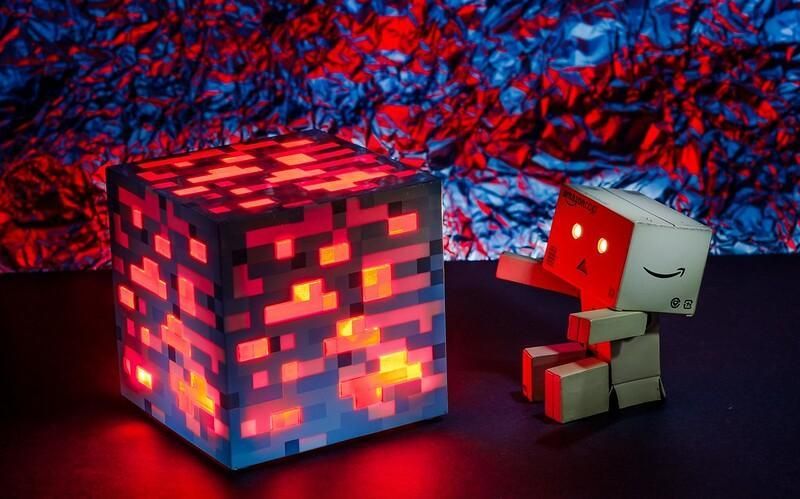
Why go through all this trouble? After all, no one is suggesting you trade your gaming rig for a PC built inside a Minecraft server.
Well, the appeal isn’t in the performance; it’s in the challenge. It’s all about proving that within the simple rules of a sandbox game, there is potential for massive amounts of complexity.
Besides the feat, building a computer using redstone is also a hands-on lesson in computer science, as you’re reading about how a processor works, circuitry for its ALU, and designing the instruction set it uses to think.
Start Your Redstone Journey
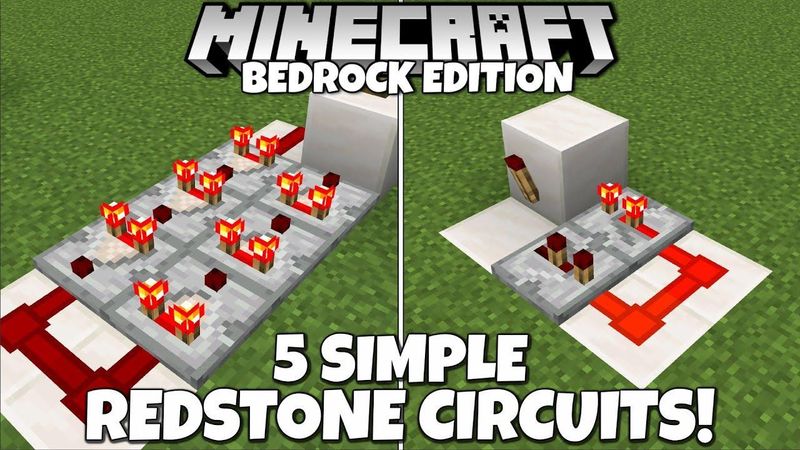
Inspired to build something epic, too? There are plenty of easy Redstone projects to get you started. Here are some of our favorites:
Automate Your Base: Build a super-smelter that automatically cooks your ore and deposits it into chests.
Create a Secret Lair: Make a hidden piston door that opens when triggered by a secret switch, such as dropping something on a pressure plate.
Build a Combination Lock: Use a series of levers as inputs and outputs to secure your treasure room.
Looking for more builds? The Minecraft server community has thousands of tutorials and guides to teach you the fundamentals of redstone logic. That said, if you are looking to really take your game to the next level, consider buying a premium Minecraft Account from igitems!
